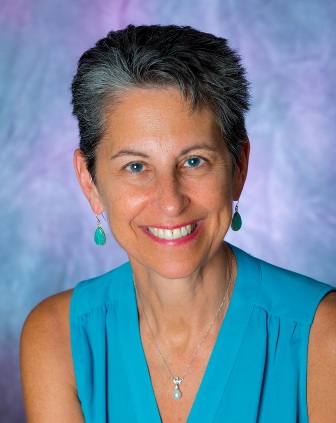From Imagination to Inspiration: Envisioning a future
 Imagine if every week you could bring together a group of children to play, laugh, build, create, and have fun. What if they were different ages, emotional stages, social backgrounds and intellectual abilities? And, what if at the end of your time together you had created tinkerers, makers, designers and thinkers. Finally, let’s suppose that at the same time they were having a great time they were also learning some very important life lessons.
Imagine if every week you could bring together a group of children to play, laugh, build, create, and have fun. What if they were different ages, emotional stages, social backgrounds and intellectual abilities? And, what if at the end of your time together you had created tinkerers, makers, designers and thinkers. Finally, let’s suppose that at the same time they were having a great time they were also learning some very important life lessons.
We three speech pathologists at the Children's Evaluation and Rehabilitation Center at Montefiore did just that.
Here’s how the story began:
In the early spring of 2015, along with a colleague, I spoke at the first annual Breakthroughs in Twice Exceptional Education conference sponsored by the Quad Prep School. Late in the afternoon, brain exploding with reams of information I sat down in the auditorium for the afternoon keynote by Scott Barry Kaufman, psychologist. As part of his presentation on moving from evaluation to inspiration, he mentioned the Imagination Foundation. There was something about the joy with which he described their mission, to find, foster and fund creativity and entrepreneurship in children globally so that they have the tools they need to build the world they imagine, that truly spoke to me. I turned to find another CERC speech pathologist behind me, her eyes echoing the same excitement I imagined in my own and an idea was born.
His talk inspired us to think deeply about how we could expand the world of imagination for our patients, even as they confront a host of language, learning, developmental and other disabilities.
We dreamed of creating a world of possibility for our children, who struggle to envision what might happen in the next five minutes, much less tomorrow, next week or—impossibly—next year. We believed that if we could open their eyes to the what ifs in life, we just might make it possible for them to dream a future that they could not possibly have previously begun to contemplate.
After determining the process, we applied and were accepted as the first ever fully special needs chapter of the Imagination Foundation (IF).
We launched The Imagination Chapter at CERC in September of 2015. Since then, every Wednesday evening from 5:00-6:30, 15 wild and crazy 8-12 year olds gather with the host leaders and two devoted and talented teens from our adolescent program. While they are thinking, brainstorming, visualizing, and creating projects, they are learning to see themselves as individuals who, someday, will be able to solve real world problems. This has proved a wonderful way to extend therapy in a non-therapeutic, engaging and spirited environment.
Initially, we practiced our skills through stories, games, and building activities. With the guidance of IF, and a lot of prior planning and organizing, our group has taken the lessons of therapy to a broader real time, real life setting. They have honed these underlying skillsets in order to collaborate and complete a major multi-week project that culminated in a cardboard city. No ordinary city this! It was designed for our pet robots, the OZOBOTs, thoughtfully donated by the company to motivate our kids onward.
How did we figure out what our robots needed? In addition to considering the needs of any urban population (food, shelter, commerce, transportation, etc.), our group thought about how the needs of our robot friends could be served. They had to put themselves in the robots’ shoes, or wheels so to speak. Flexing their perspective-taking, social thinking, problem solving, and executive-function muscles was crucial to the success of the group and ultimately, the project. Once the members had their individual ideas, they organized their thoughts and articulated them to the larger group. Learning how to work together, think of others, set goals, and evaluate progress are just a few of the group benefits; laughing, playing, dreaming and having fun with peers are among the others. Who is to say which are the most important?
The chapter leaders are grown up players and three of CERC’s speech pathologists—myself, Allie Brudner and Noor Al Radi.
To learn more about the program and follow our progress, please visit our website, generously supported by Einstein Emerging Leaders: www.cercimagines.com